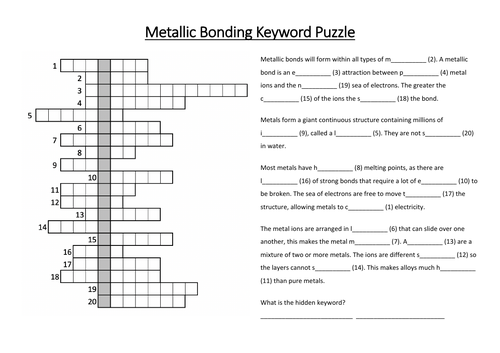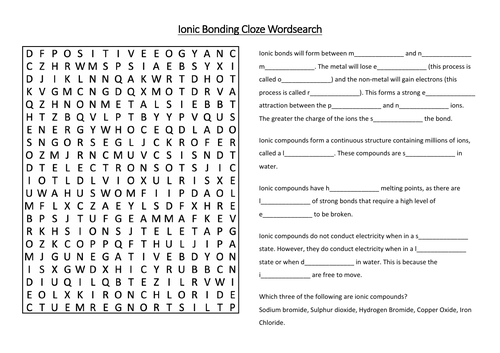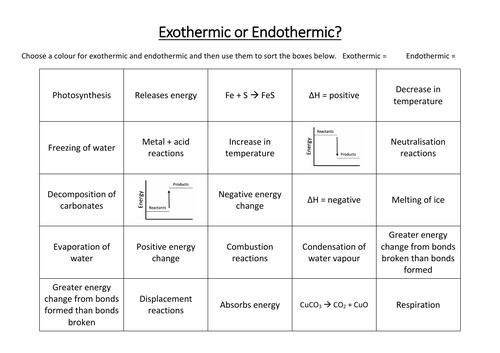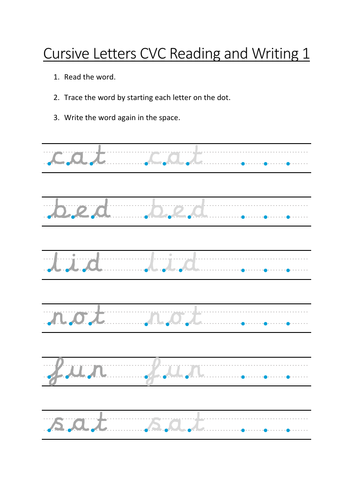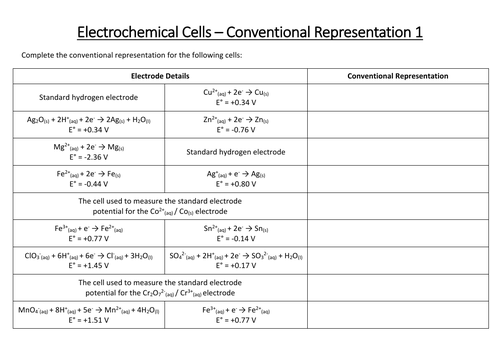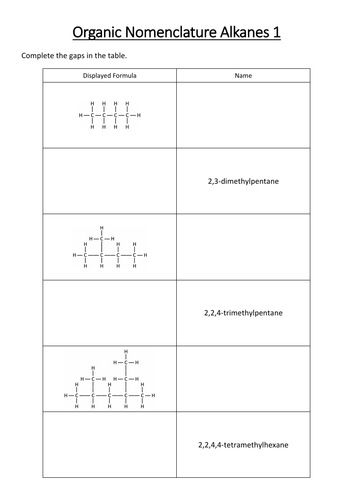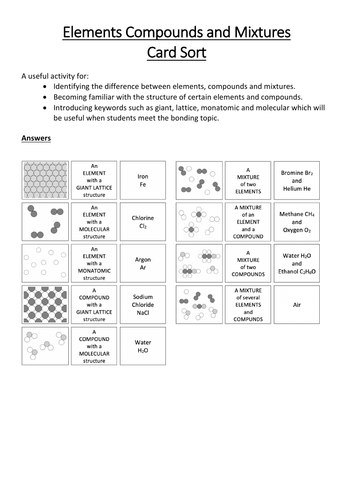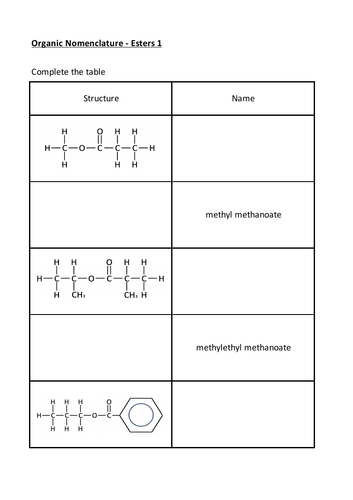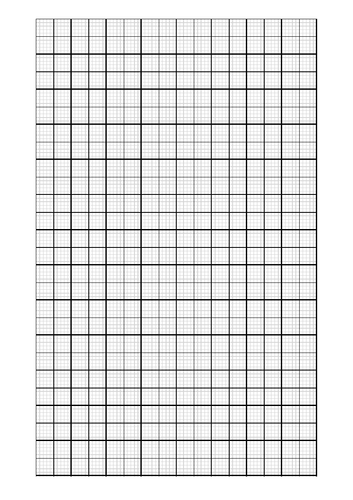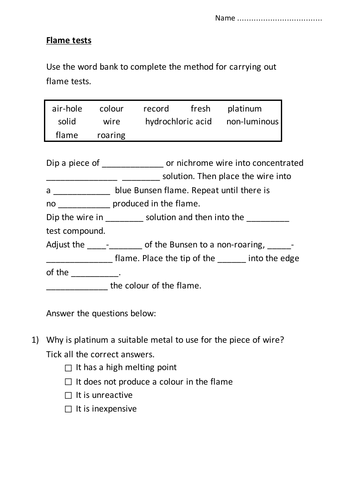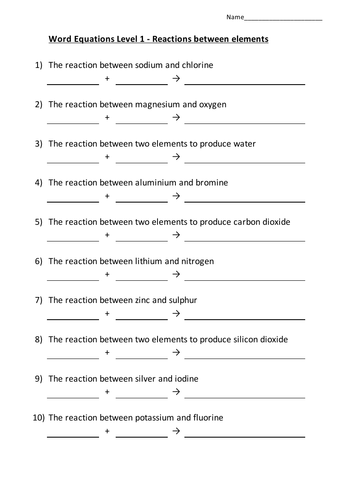
34Uploads
24k+Views
6k+Downloads
All resources

Metallic Bonding Keyword Puzzle
A word puzzle aimed at KS4 Chemistry students to revise the keywords and concepts of metallic bonding. Students are asked to fill in the missing words in the text and then place these answers into the puzzle grid. This will reveal the hidden keyword.

Ionic Bonding Cloze Wordsearch
A puzzle activity aimed at KS4 Chemistry students. Students are asked to complete the missing words and then find the answers in the wordsearch grid.

Exothermic or Endothermic Sorting Activity
This activity is aimed at KS4/GCSE students. The students are asked to sort various statements and reactions into exothermic or endothermic.

EPQ Gantt Chart
This excel file contains an example EPQ Gantt chart for students to use as a guide (tab 1) and a blank template for them to create their own (tab 2).

Cursive Letters CVC Reading and Writing
This set of 5 worksheets is aimed at reception children. The child is asked to read a set of CVC words, trace the letters and then write the word independently.

Electrochemical Cells - Conventional Representation / Cell Notation Worksheet
This set contains two worksheets aimed at A-level Chemistry students. The first worksheet asks students to write conventional representation for electrochemical cells and the second asks them to write half equations when given the conventional representation.

Organic Nomenclature - Alkanes Worksheet
This set contains three worksheets aimed at A-level Chemistry students. The students are asked to give the IUPAC names of various alkanes. They are also asked to draw the displayed and skeletal formulae. Answers are provided for all worksheets.

Chemistry Elements, Compounds and Mixtures Card Sort
A card sort game aimed at KS3 Chemistry students. Students are asked to match the particle diagram with the description and the named chemicals.
A useful activity for:
• Identifying the difference between elements, compounds and mixtures.
• Becoming familiar with the structure of certain elements and compounds.
• Introducing keywords such as giant, lattice, monatomic and molecular which will be useful when students meet the bonding topic.

Organic Nomenclature Naming Esters - Chemistry A-level
A set of 5 worksheets with full answers included. This is produced for A-level Chemistry students.

Carboxylic Acids Worksheet - Chemistry A-level
Carboxylic Acids Worksheet
A pdf worksheet for A-level Chemistry students. Full answers are included.
Page 1 covers nomenclature of carboxylic acids using IUPAC naming.
Pages 2 and 3 cover reactions of carboxylic acids.
This includes writing balanced chemical equations for the reactions of carboxylic acids with metals, bases, carbonates, ammonia and alcohols.

Alkanes Sorting Activity Worksheet - Chemistry GCSE
A great starter or plenary for GCSE Chemistry students! Full answers are included.

Flame Tests Worksheet - Chemistry GCSE
This set of pdf worksheets is produced for GCSE Chemistry students. Full answers are included.

Word Equations Worksheet - Chemistry KS3 / GCSE
Three differentiated worksheets on writing word equations for chemical reactions. These have been produced for KS3 or GCSE Chemistry students. Full answers are included.

